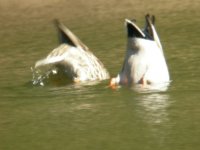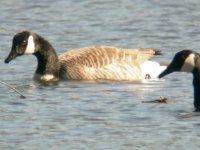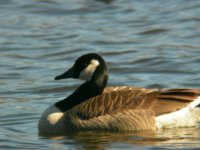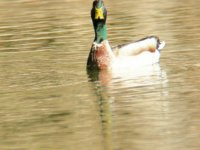Hi John,
Actually, letting the camera decide in bright light is most likely one of the worst things you can do exposure-wise. That can result in images like the 4th one. If you can find out how to change your EV Comp, I have an easy to follow guideline I have used for years. If I am shooting a light subject against a dark background (a light bird against dark water or a dark bird with white highlights), I dial in -1 EV's of exposure compensation. For a dark subject against a light background (like a bird against a clear sky or a bird in the grass), I dial in +1 EV's of exposure compensation.
Negative EV comp exposes less and Positive EV comp exposes more. Less (negative) exposure to make whites less bright. More (positive) to make darks lighter. These numbers won't be perfect all the time, but they will get you close. If you have an in-camera histogram you can refer to, that should be your guide.
This site has been helpful to me over the years, maybe it will interest you.
Remember the harsher the light, the more you will probably need to use EV compensation. Harsh mid-day lighting will make whites sizzle and cause deep shadows. Morning or late afternoon "golden" light will lessen the difference between the brightest and darkest tones. Meaning that you will have fewer whites "blow out" and the shadows will contain more detail.
I didn't mean for this to come off like a sermon...lol Jus' trying to help

Steve








